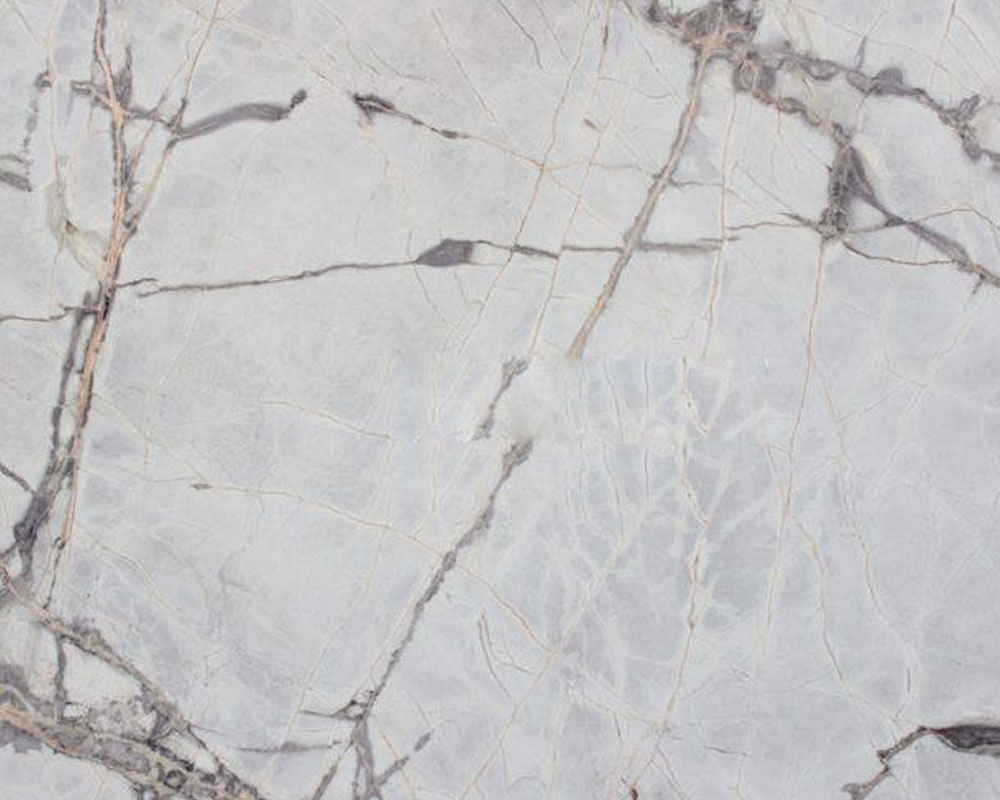The different types of veins and patterns in marble and natural stone give a unique personality to each variety and to each piece. Each type of marble or stone has a different pattern and veins, depending on the place of extraction. Even no two pieces of marble you’ll find similar to each other and no matter what shape and size even if they derived from the same marble block.
How to Differentiate Veins
Although there are no hard rules, to differentiate and classify drawings and veins in marble as stone families, so the most common feature of lines is in use to determine various types of veins. Here are the most popular and common patterns of drawings and veins in marble you should know about.
What is marble veining?
Veins are the long lines and cross the marble. They are directly linked to the beauty and appearance of marble. Many architects, designers, and decorators looking for this key feature in the implementation of their projects.
How are marble veins created?
As we all know that marble is the result of the transformation of limestone from heat and pressure in the earth’s crust. During this process, various foreign elements such as metal, mud, clay, and iron oxides, which are sometimes present as grains and others as layers, is a trap and manifest themselves in the stone, creating a color contrast with the basic color of the marble’s surface, thus forming the characteristic veins and this is how veins form.
TYPES OF VEINS:-
- Linear Veins
- Tree Veins
- Breccia Veins
- Brocades Veins
- Shell Stones
1. Linear Veins- Stones with linear veins usually have continuous, Unidirectional, and Bifurcated lines and patterns. The color of the veins is different from the background color thus, creating beautiful contrasts.
2.Tree Veins- This vein is the opposite of linear veins. It has multi-directional veins that do not follow a consistent pattern and look like a branch of the tree.
3.Breccia Veins- The Breccia Veins appear as if thick dark materials surround islands of clean blank spaces. It looks as though somebody’s spilled a cup of coffee on a clean white paper because Due to geological processes marble got broke and then crystallized by the larger fragments. These are great choices to create spaces that need more detailing or texture.
4. Brocades Veins- The composition in the form of brocades is very similar to breccia. However, in this case, the intermixed fragments are smaller than breccia.
5. Shell Stones- The Shell Stones appear less of veins and more of drawing or artistic-like patterns formed by the fossils contained inside formed by the natural geological processes of the earth. Marbles and Limestones are two natural stones that have The Shell Stones. It looks like crystallize stone patterns broken and spilled randomly on darker background shades of natural Marble or Limestone.

